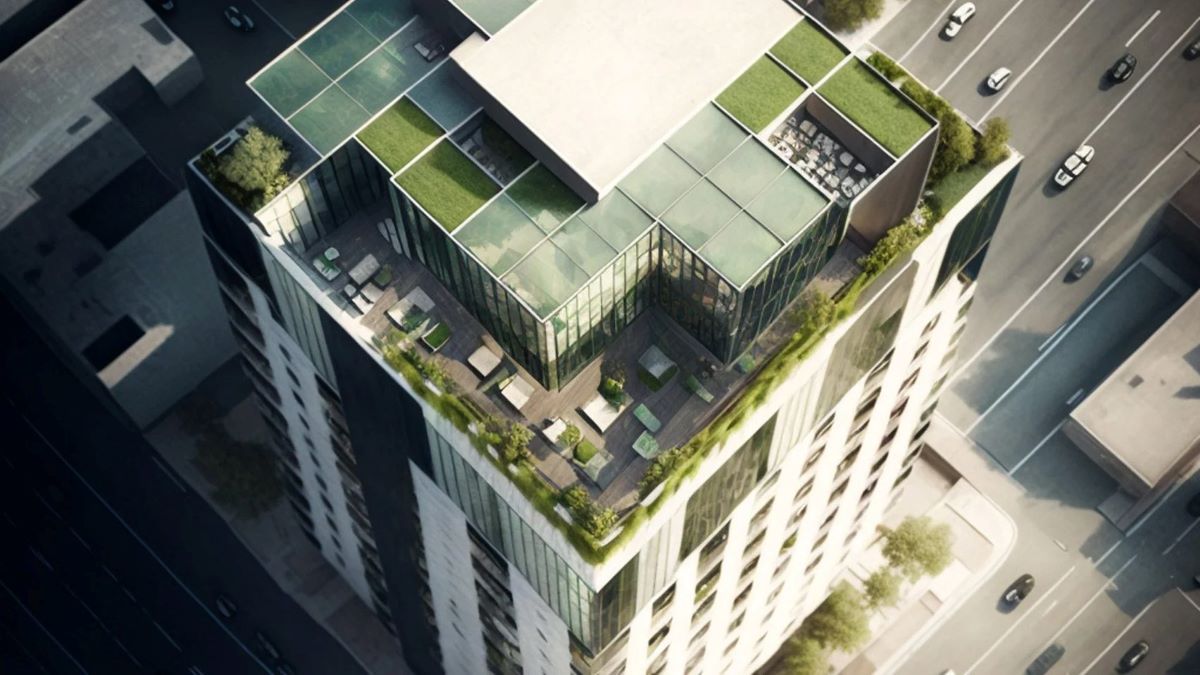The ChatGPT bot is certainly not a licensed architect but if you attempt to ask it to help you design, say, a residential tower in whichever country you may live in, it will start by listing a number of considerations. It will provide data like relevant zoning and building codes, floor plan functionalities, materials available in the country and their pricing, and sustainable procedures, just to name a few.
OpenAI launched the large language model AI ChatGPT in November 2022 following years of designing the chatbot and it looks like the platform is ready to go beyond using the internet to respond to users’ queries in a dialogue format and move into architectural designs.
Read: Mercedes-Benz takes in-car voice control to a new level with ChatGPT
Architecture studio Hickok Cole has done just so, using ChatGPT to design a large mixed-use building with a green roof and a swimming pool. It was not a client that had asked for this. The design project was for testing purposes only s part of Hickok Cole’s iLab microgrant program.
The building was designed for an unspecified downtown urban site, having 24 storeys with a mix of retail, office, residential, hotel, and library space.
ChatGPT chose dark stone cladding on its lower floors, glazed walls on most of the facade and perforated metal panels on the upper levels.
“This combination of materials would allow for a modern and sleek aesthetic while also providing some variety in texture and depth to the building’s overall appearance,” ChatGPT told Jack Lynch, Project Manager at Hicock Cole, among a number of rationales elaborating on its choice of architecture, such as adding that parts of the roof would be stepped back to create a garden, to help “create a more interesting roofline”.
To project an image of the project, Lynch prompted ChatGPT to generate text-to-images using the AI tool Midjourney, establishing a kind of rapport with AI by building on one idea to go to the next to evolve design at each step, with the bot self-introducing all architectural features within imputed restraints.
In some cases, ChatGPT would forget about constraints and have to be reminded of them, or neglects its own ideas and have to be reminded to reintroduce them.
ChatGPT dreams of a robot
Netherland researchers have created a functional robot based on a design ‘dream’ by ChatGPT, in order to assist with improving food production. Robots, of course, don’t dream, but the idea is that it can conceptualize projects based on certain prompts, and bring the imagined concept to reality.
ChatGPT chose which crop to harvest and determined the most effective harvesting technique, allowing the creation a tomato-harvesting robot that can gently pick fruit from the vine.
The chat robot taught researchers which crop would be most economically valuable to automate, also advising on specific materials and mechanisms to be used.
For more technology news, click here.








